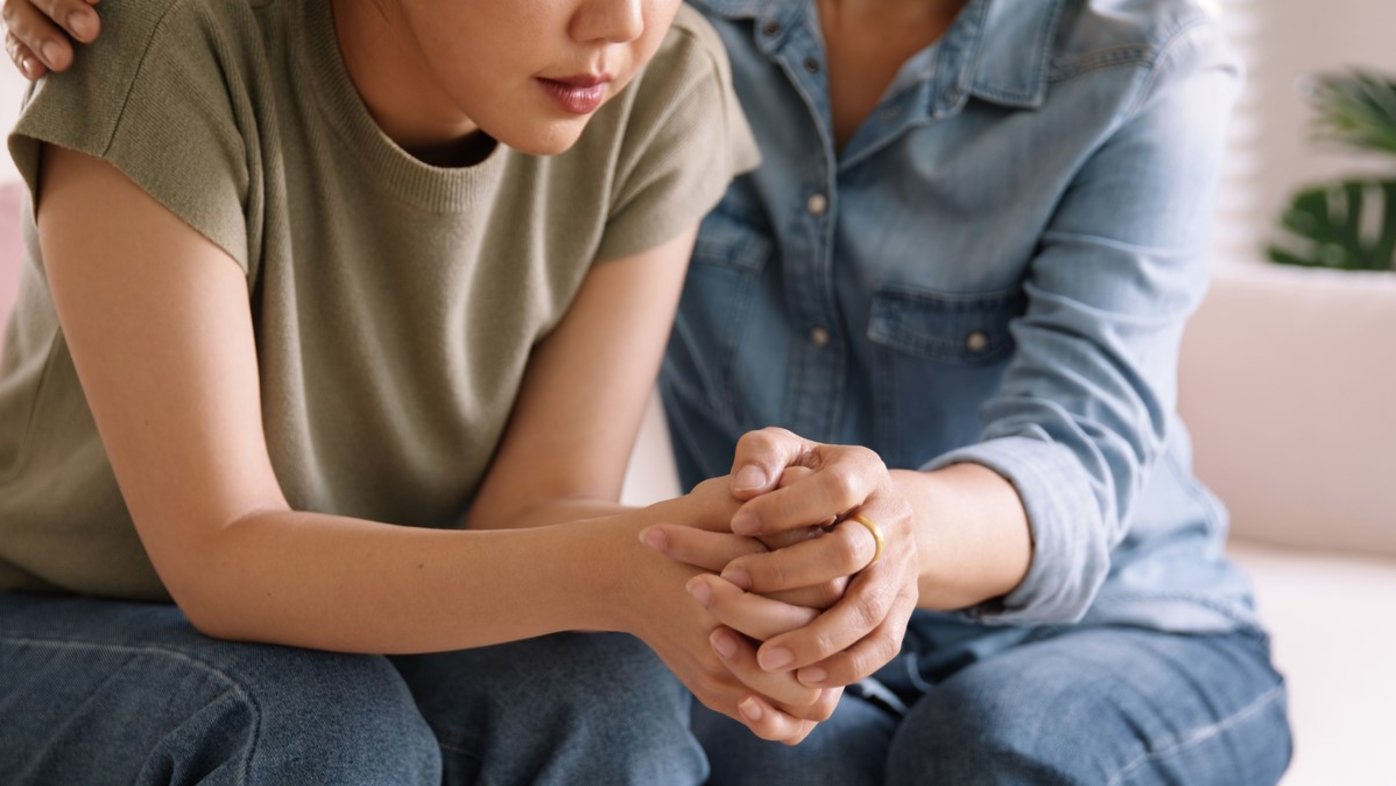
What is the difference between sadness and depression?
Feeling sad from time to time is normal. And while sadness eventually vanishes, depression is persistent.
The start of the new year usually represents hopefulness and new beginnings. But what if you feel constantly tired and depressed? It may be a sign of seasonal affective disorder, or SAD.
Seasonal affective disorder (SAD) is a type of depression marked by the change in seasons. There is a misconception that SAD-related depressive episodes only occur in the fall and winter. However, seasonal pattern depression can also occur in the spring or summer.
Symptoms of SAD include poor mood, changes in appetite, low energy and issues with sleep. The symptoms begin and end at certain months of the year and occur annually for at least two years. Although the specific causes of SAD aren’t known, experts think it is linked to how the amount of daylight during a specific time of year affects the body’s sleep cycle and release of hormones and neurotransmitters.
Understanding SAD
Veronica Campbell, a licensed marriage and family therapist at Sharp Mesa Vista, says the changing seasons can affect our body’s release of the hormone melatonin, which helps us sleep.
“For people who struggle with SAD, levels of melatonin often peak later, creating insomnia, and linger longer, creating difficulty waking,” she says. “It is relatively normal for many of us to struggle with these changes, but for those who have SAD, it is much more difficult to adjust and find balance.”
Approximately 5% of people in the U.S. experience SAD, and the disorder is more common among women than men. SAD can also occur in children and adolescents.
“Seasonal affective disorder often mirrors normal changes in our mood,” says Campbell. “But it becomes more pervasive, often impacting more than one area of life, such as calling out of work, avoiding exercise or withdrawing from others.”
How is SAD treated?
Treatment for SAD ranges from light therapy to antidepressants and behavior therapy.
Light therapy may entail use of a light box or light visor for a certain amount of time each day during the seasons when an individual is most affected by SAD. A dawn simulator, another form of light therapy, is a timer-activated light that simulates the natural sunrise in your bedroom, gradually brightening until you wake up.
Studies show that a preferable light box has an output of 2500 to 10,000 lux. They should be used daily for about 20 to 30 minutes, preferably in the morning. You can seek reimbursement for light boxes via a flexible spending account (FSA) or a health savings account (HSA).
Additional ways to help decrease the symptoms of SAD include:
Making the environment bright and sunny and spending time in rooms with more light.
Getting outside in the sun — taking walks, going to the park or strolling on the beach.
Exercising — physical activity helps release endorphins, those natural feel-good chemicals in the brain that improve mood and help decrease depression and anxiety.
Staying connected with friends and loved ones and trying to meet new people by participating in local meetups and other group activities.
Whether you might be experiencing SAD or another mental health condition, Campbell encourages you to seek help.
“Treatment is always an option for anyone who’s struggling with changes with their emotions, whether or not it’s due to challenges coping with the seasonal changes,” she says. “I encourage looking into treatment for anyone who has difficulty sleeping for days or weeks, persistent hopelessness, suicidal thinking, or who is isolating or excessively drinking or using drugs to cope.”
If you or a loved one is in crisis, call 911 or the 988 Suicide & Crisis Lifeline, which is available 24 hours a day by calling or texting 988 from anywhere in the country.
Learn more about mental health services at Sharp Mesa Vista; get the latest health and wellness news, trends and patient stories from Sharp Health News; and subscribe to our weekly newsletter by clicking the "Sign up" link below.

The Sharp Health News Team are content authors who write and produce stories about Sharp HealthCare and its hospitals, clinics, medical groups and health plan.

Veronica Campbell is a licensed marriage and family therapist at Sharp Mesa Vista Hospital.
Our weekly email brings you the latest health tips, recipes and stories.